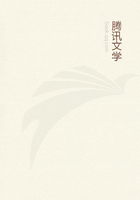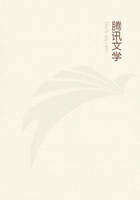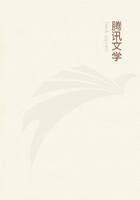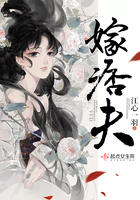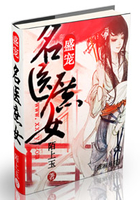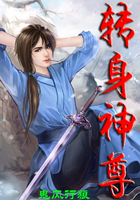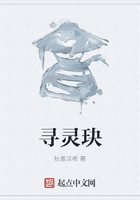The successive stages of development of the colours and plumage of the Birds of Paradise are very interesting, from the striking manner in which they accord with the theory of their having been produced by the simple action of variation, and the cumulative power of selection by the females, of those male birds which were more than usually ornamental. Variations of _colour_ are of all others the most frequent and the most striking, and are most easily modified and accumulated by man's selection of them. We should expect, therefore, that the sexual differences of _colour_would be those most early accumulated and fixed, and would therefore appear soonest in the young birds; and this is exactly what occurs in the Paradise Birds. Of all variations in the _form_ of birds' feathers, none are so frequent as those in the head and tail. These occur more, or less in every family of birds, and are easily produced in many domesticated varieties, while unusual developments of the feathers of the body are rare in the whole class of birds, and have seldom or never occurred in domesticated species. In accordance with these facts, we find the scale-formed plumes of the throat, the crests of the head, and the long cirrhi of the tail, all fully developed before the plumes which spring from the side of the body begin to mane their appearance. If, on the other hand, the male Paradise Birds have not acquired their distinctive plumage by successive variations, but have been as they are mow from the moment they first appeared upon the earth, this succession becomes at the least unintelligible to us, for we can see no reason why the changes should not take place simultaneously, or in a reverse order to that in which they actually occur.
What is known of the habits of this bird, and the way in which it is captured by the natives, have already been described at page 362.
The Red Bird of Paradise offers a remarkable case of restricted range, being entirely confined to the small island of Waigiou, off the north-west extremity of New Guinea, where it replaces the allied species found in the other islands.
The three birds just described form a well-marked group, agreeing in every point of general structure, in their comparatively large size, the brown colour of their bodies, wings, and tail, and in the peculiar character of the ornamental plumage which distinguishes the male bird. The group ranges nearly over the whole area inhabited by the family of the Paradiseidae, but each of the species has its own limited region, and is never found in the same district with either of its close allies. To these three birds properly belongs the generic title Paradisea, or true Paradise Bird.
The next species is the Paradisea regia of Linnaeus, or Ding Bird of Paradise, which differs so much from the three preceding species as to deserve a distinct generic name, and it has accordingly been called Cicinnurus regius. By the Malays it is called "Burong rajah," or King Bird, and by the natives of the Aru Islands "Goby-goby."This lovely little bird is only about six and a half inches long, partly owing to the very short tail, which does not surpass the somewhat square wings. The head, throat, and entire upper surface are of the richest glossy crimson red, shading to orange-crimson on the forehead, where the feathers extend beyond the nostrils more than half-way down the beak. The plumage is excessively brilliant, shining in certain lights with a metallic or glassy lustre. The breast and belly are pure silky white, between which colour and the red of the throat there is a broad band of rich metallic green, and there is a small spot of the same colour close above each eye. From each side of the body beneath the wing, springs a tuft of broad delicate feathers about an inch and a half long, of an ashy colour, but tipped with a broad band of emerald green, bordered within by a narrow line of buff: These plumes are concealed beneath the wing, but when the bird pleases, can be raised and spread out so as to form an elegant semicircular fan on each shoulder. But another ornament still more extraordinary, and if possible more beautiful, adorns this little bird. The two middle tail feathers are modified into very slender wirelike shafts, nearly six inches long, each of which bears at the extremity, on the inner side only, a web of an emerald green colour, which is coiled up into a perfect spiral disc, and produces a most singular and charming effect. The bill is orange yellow, and the feet and legs of a fine cobalt blue.
(See upper figure on the plate at the commencement of this chapter.)The female of this little gem is such a plainly coloured bird, that it can at first sight hardly be believed to belong to the same species. The upper surface is of a dull earthy brown, a slight tinge of orange red appearing only on the margins of the quills. Beneath, it is of a paler yellowish brown, scaled and banded with narrow dusky markings. The young males are exactly like the female, and they no doubt undergo a series of changes as singular as those of Paradisea rubra; but, unfortunately, I was unable to obtain illustrative specimens.
This exquisite little creature frequents the smaller trees in the thickest parts of the forest, feeding on various fruits; often of a very large size for so small a bird. It is very active both on its wings and feet, and makes a whirring sound while flying, something like the South American manakins. It often flutters its wings and displays the beautiful fan which adorns its breast, while the star-bearing tail wires diverge in an elegant double curve. It is tolerably plentiful in the Aru Islands, which led to it, being brought to Europe at an early period along with Paradisea apoda. It also occurs in the island of Mysol and in every part of New Guinea which has been visited by naturalists.

